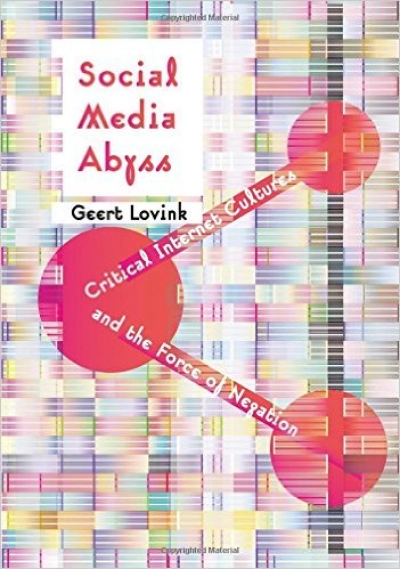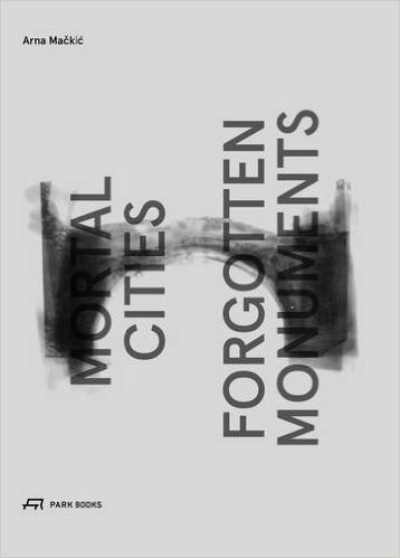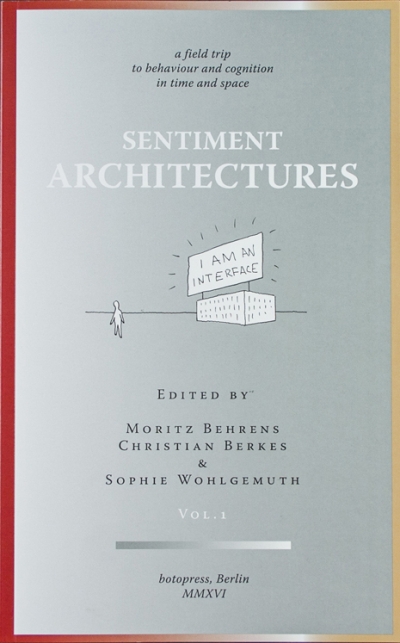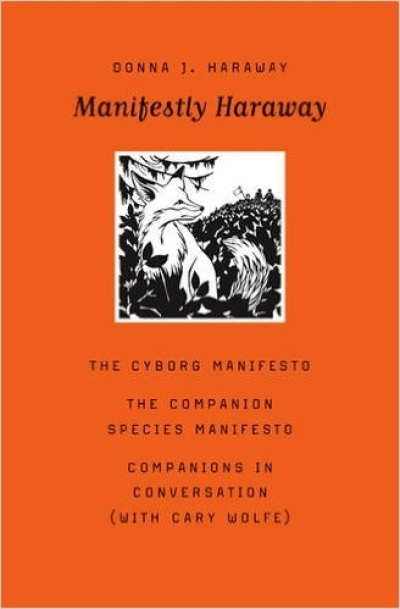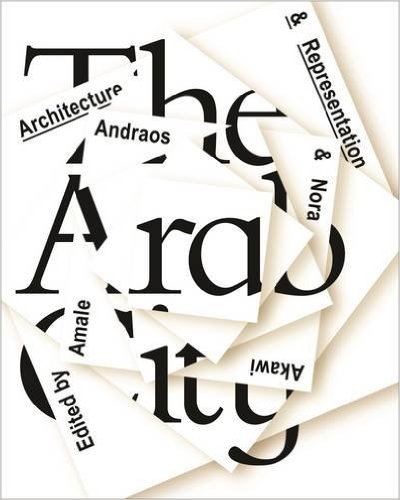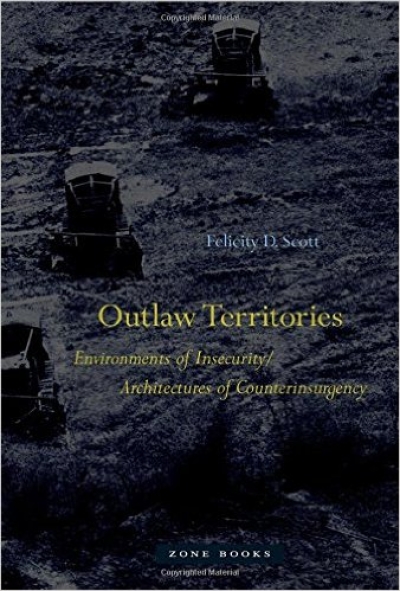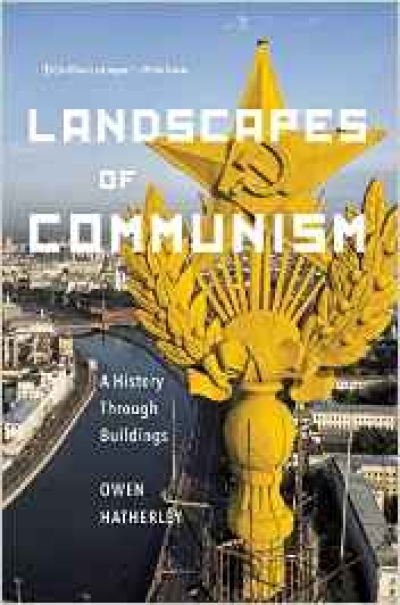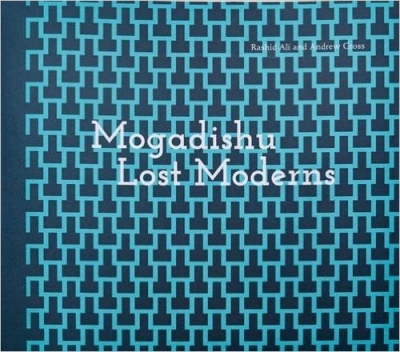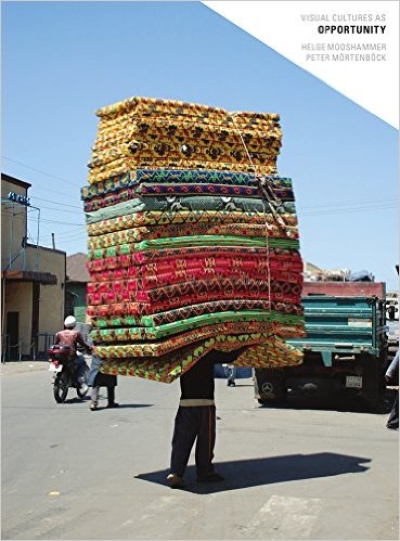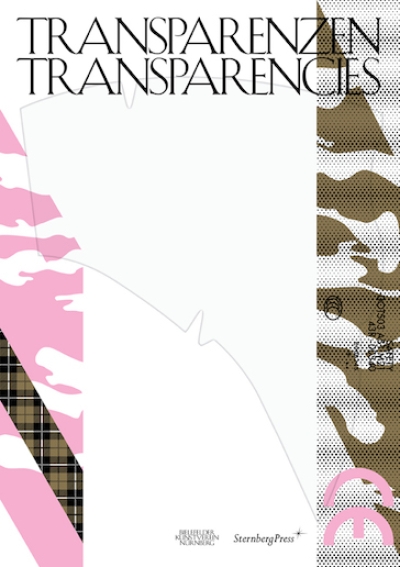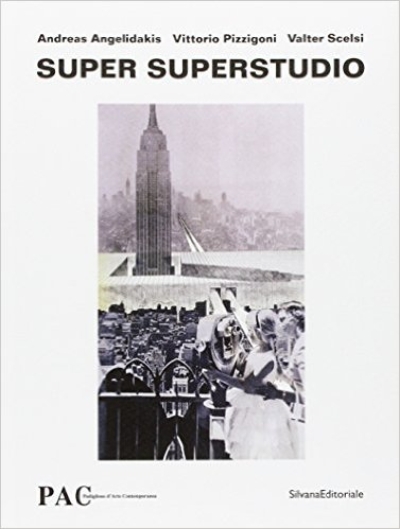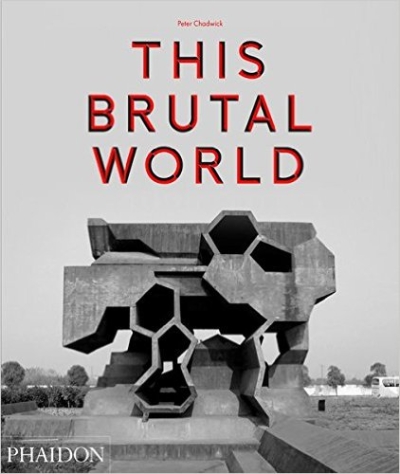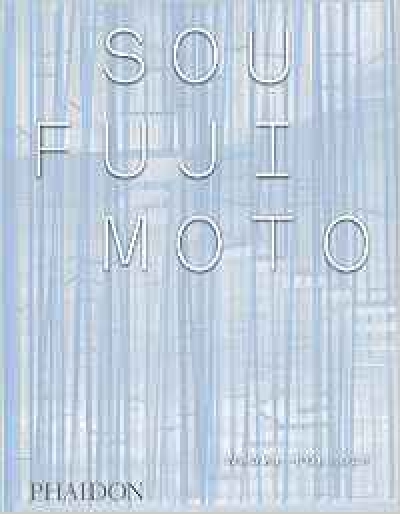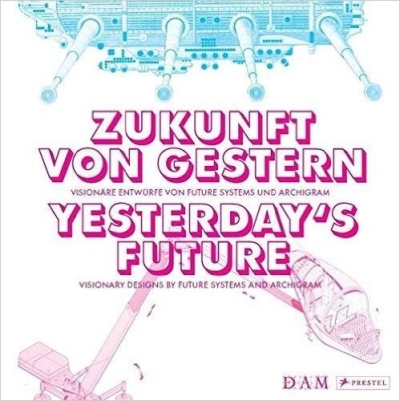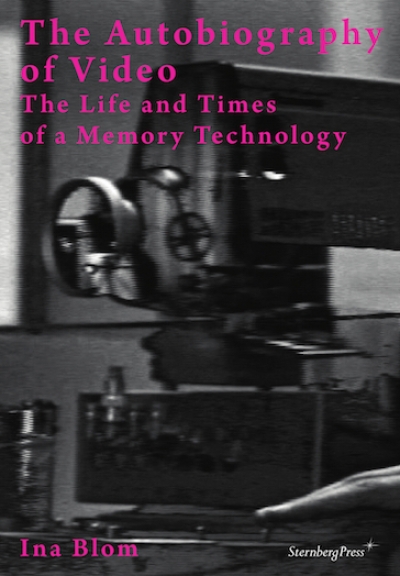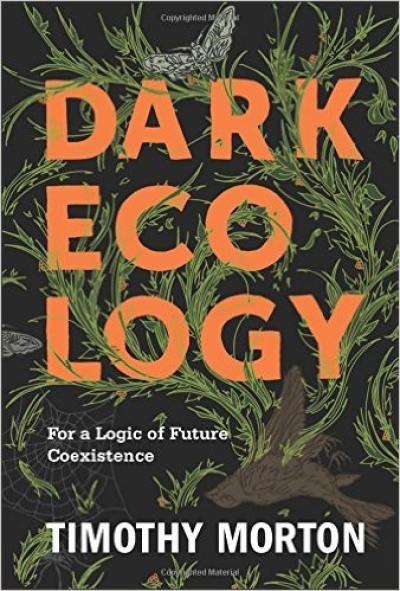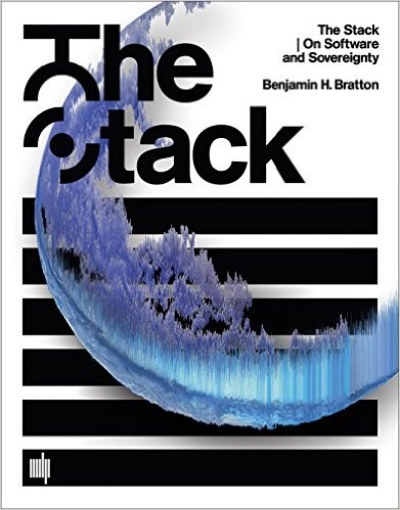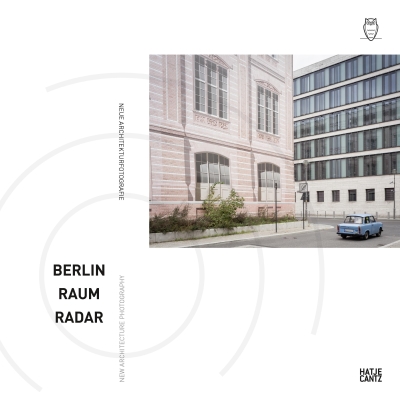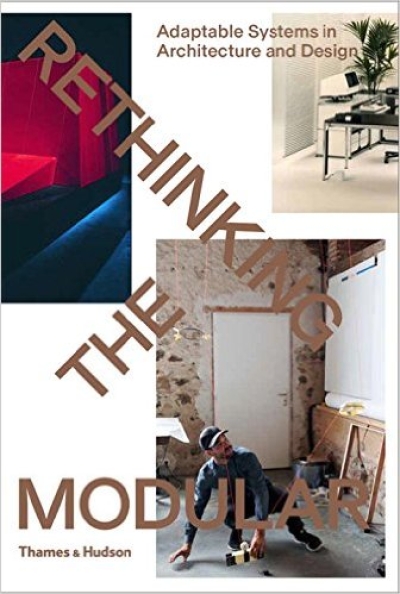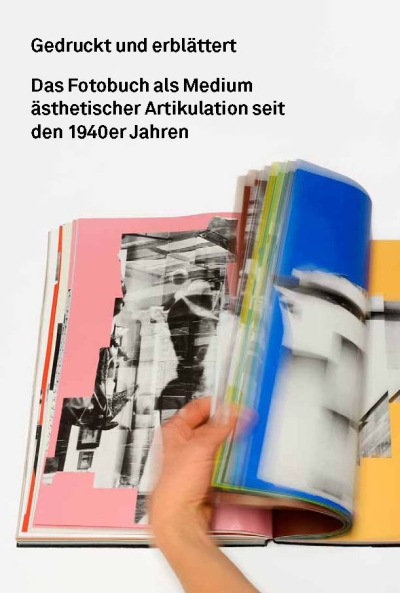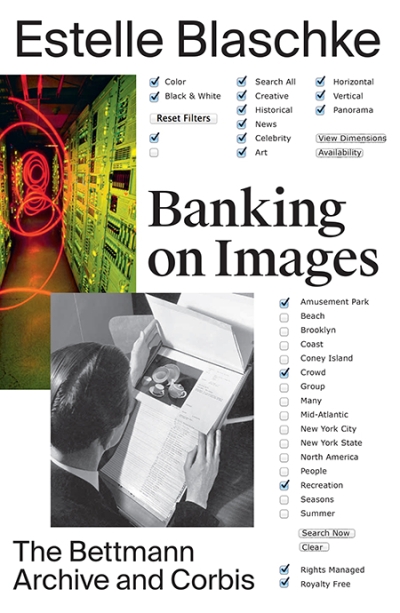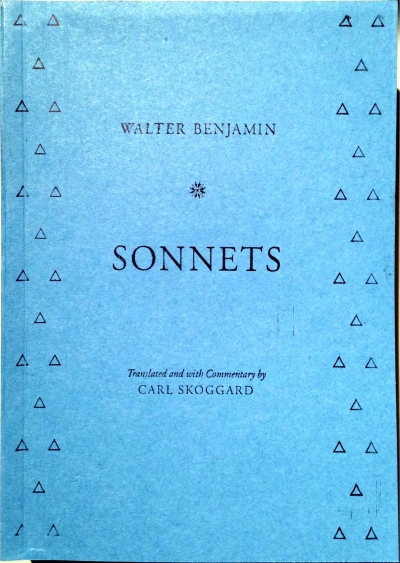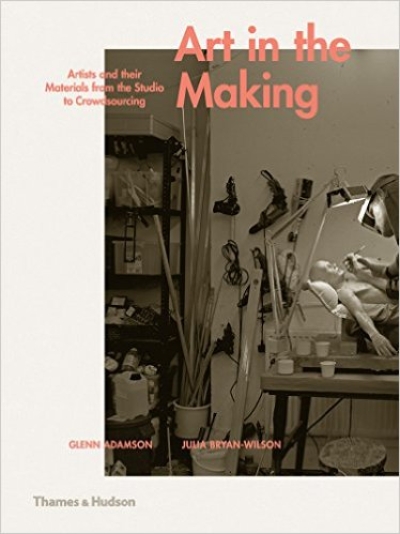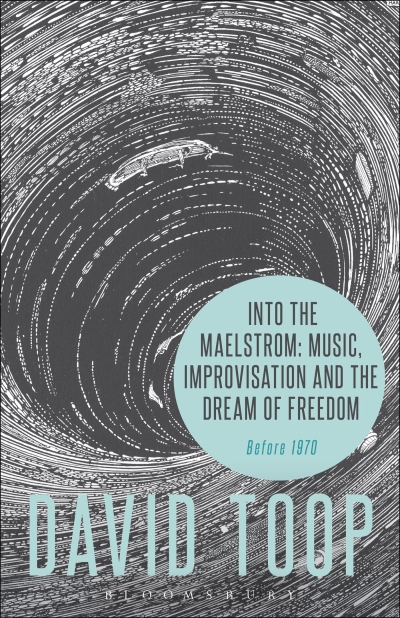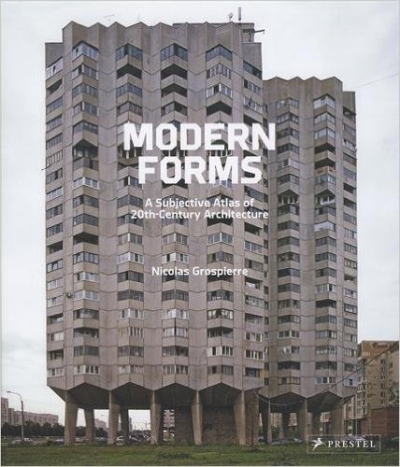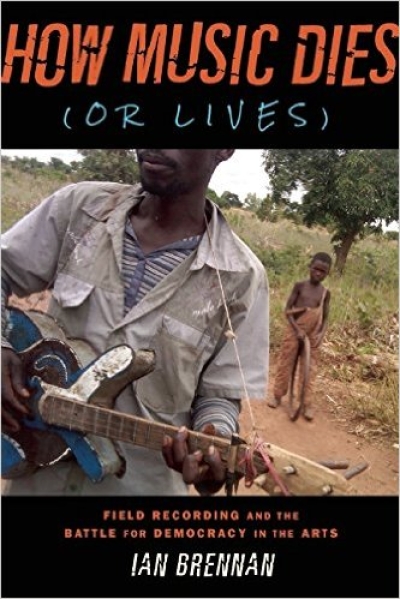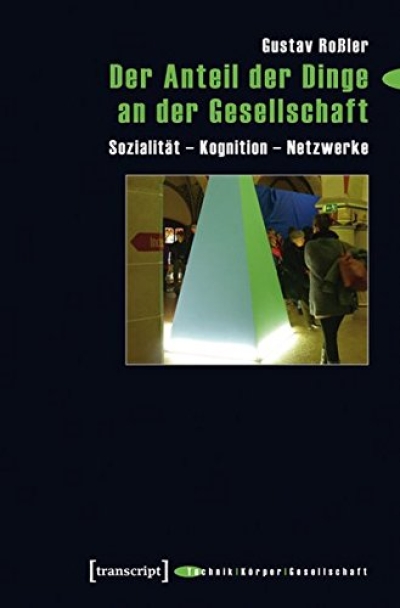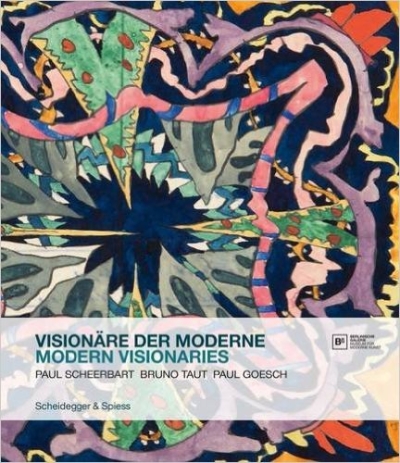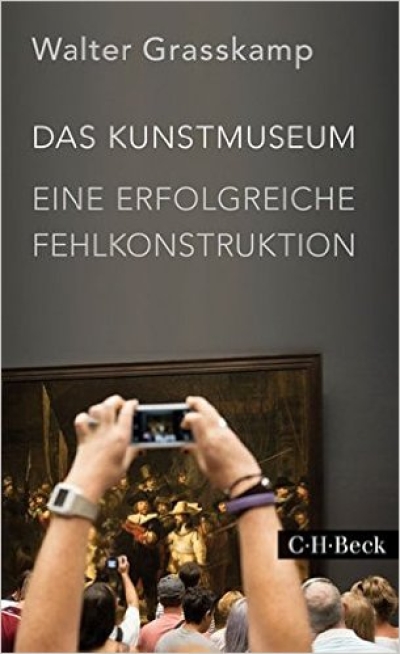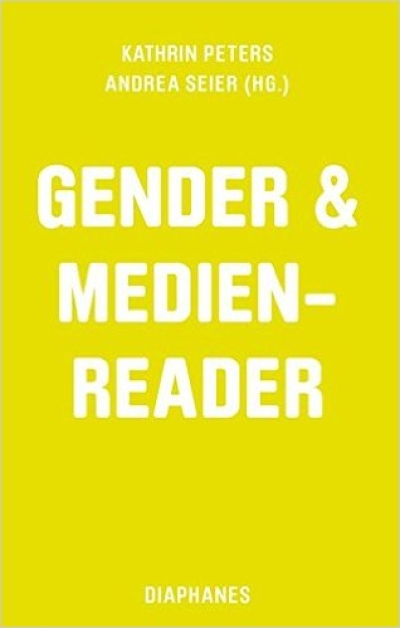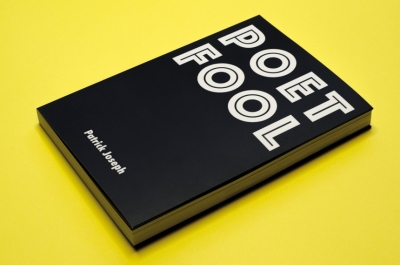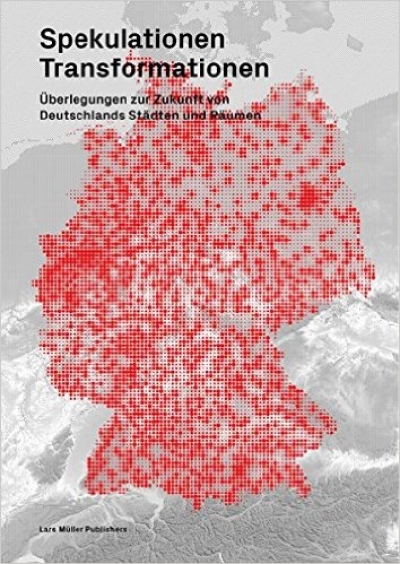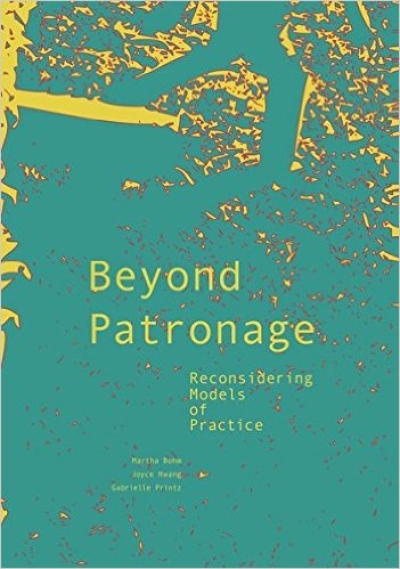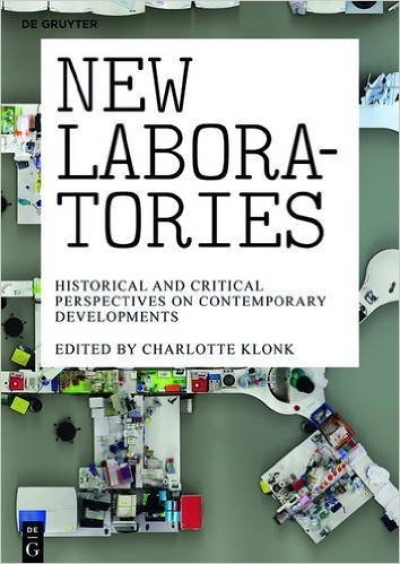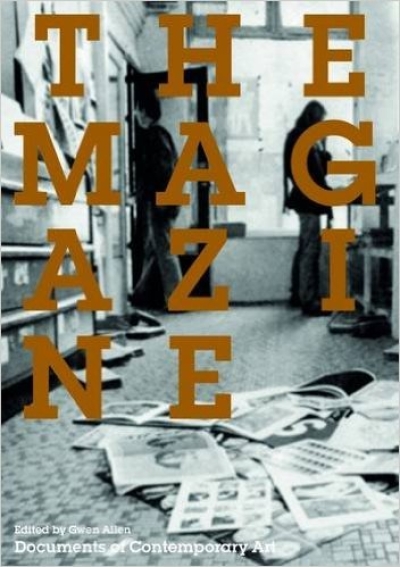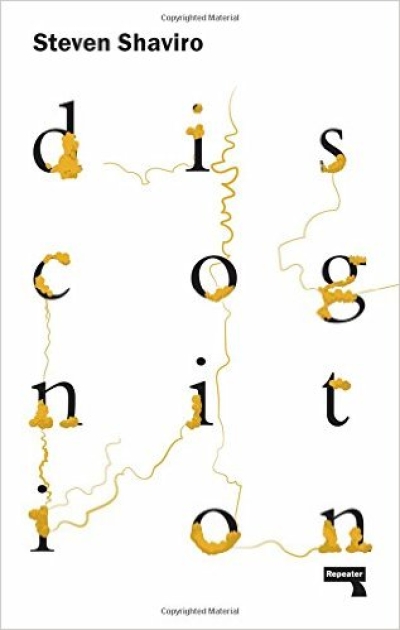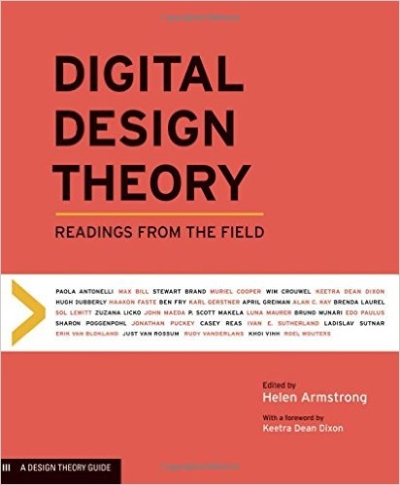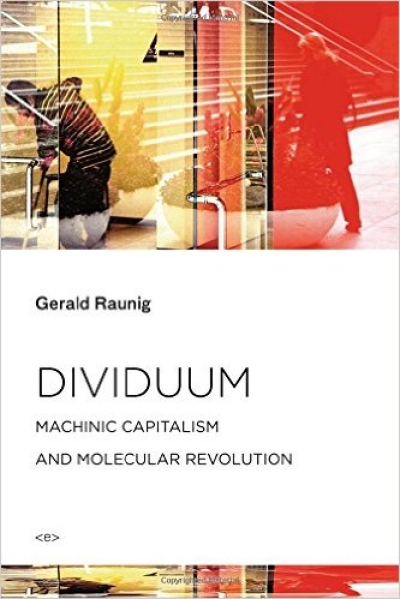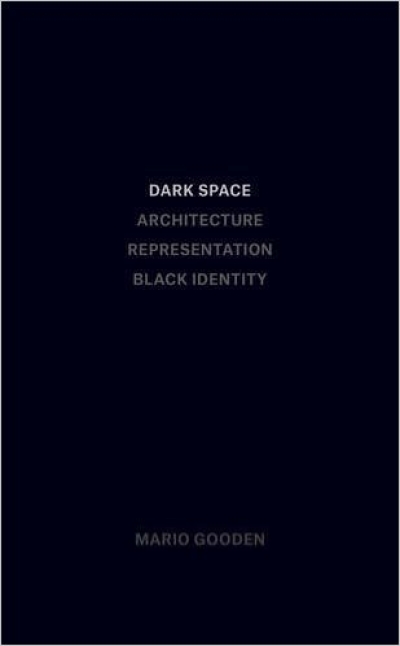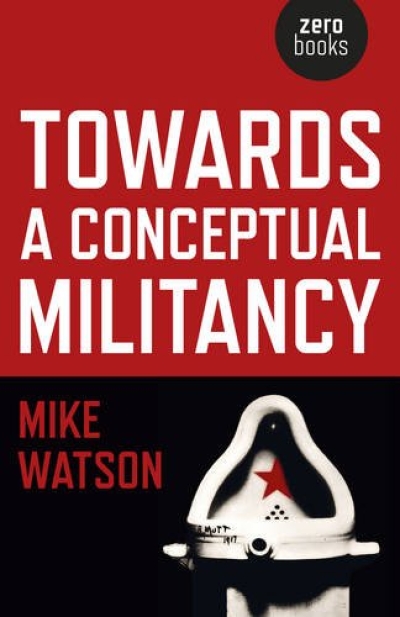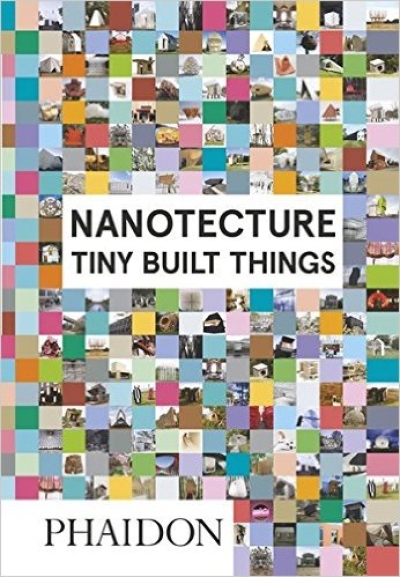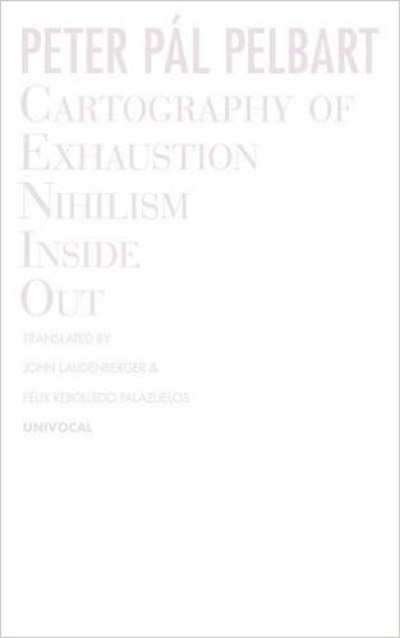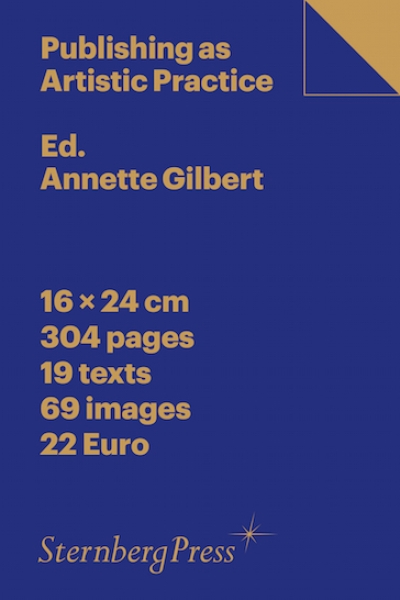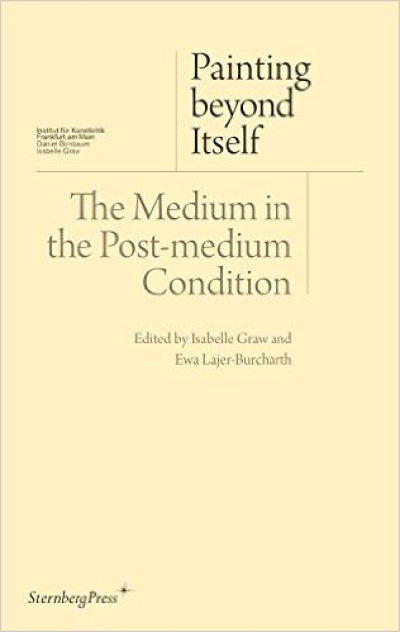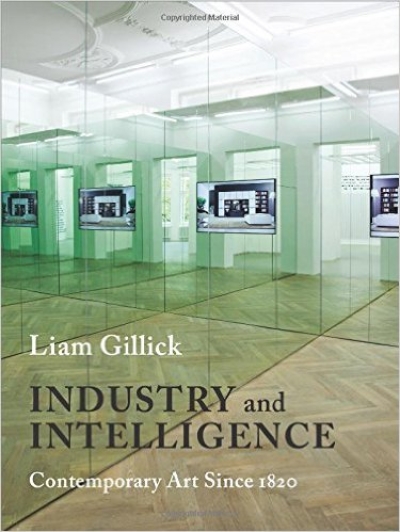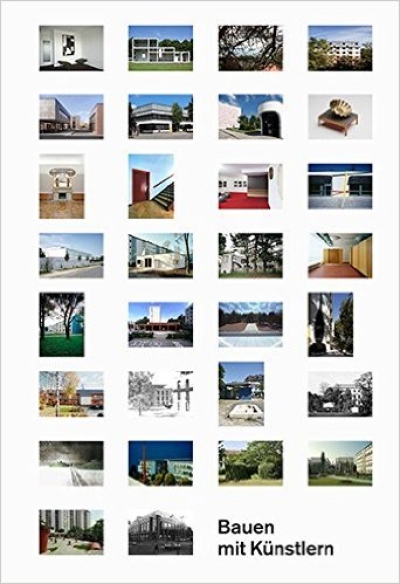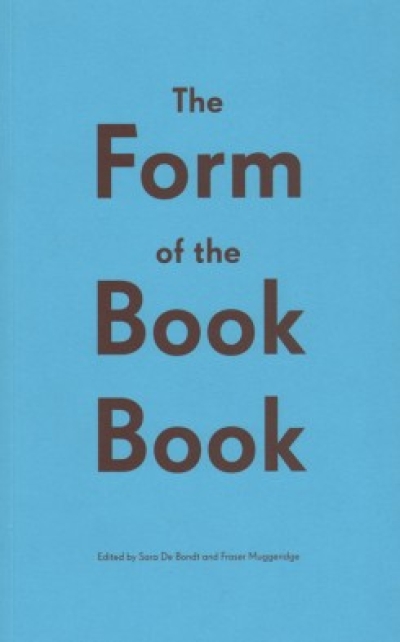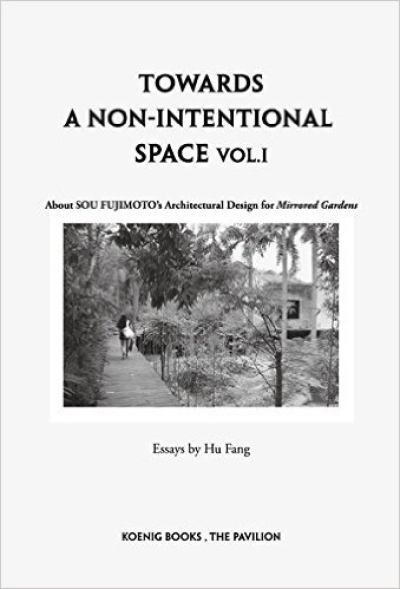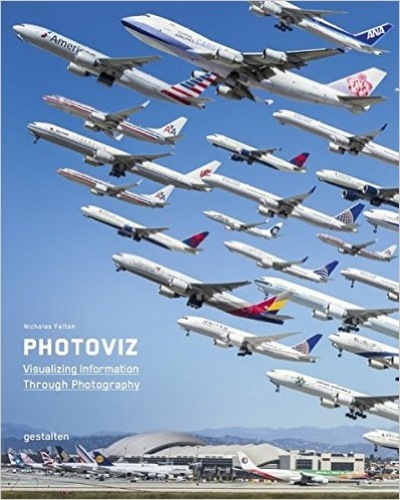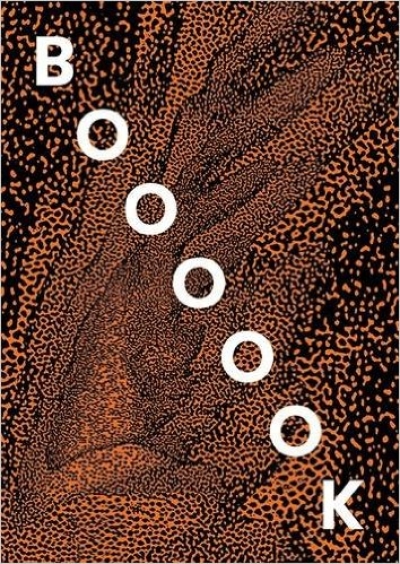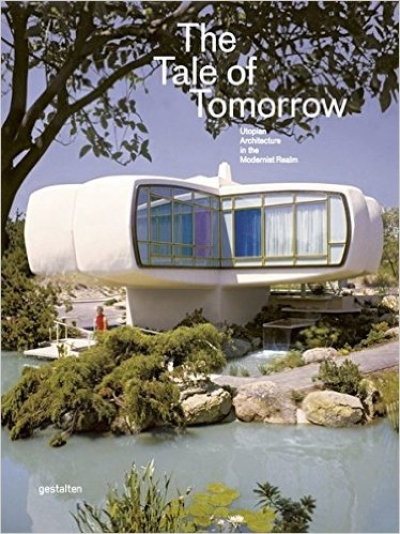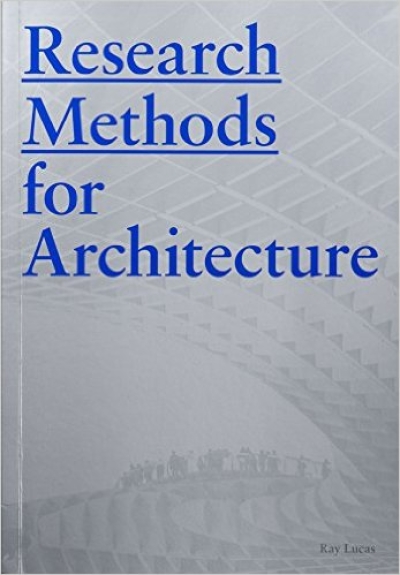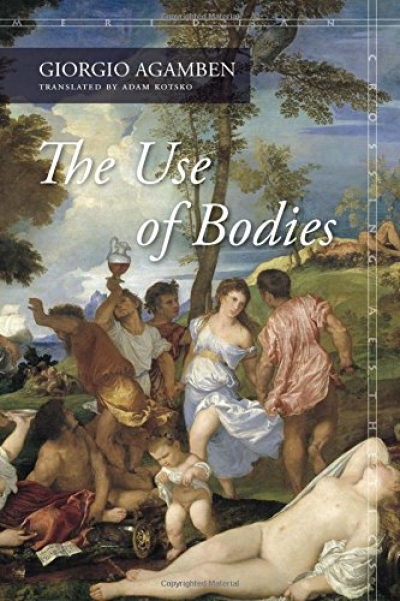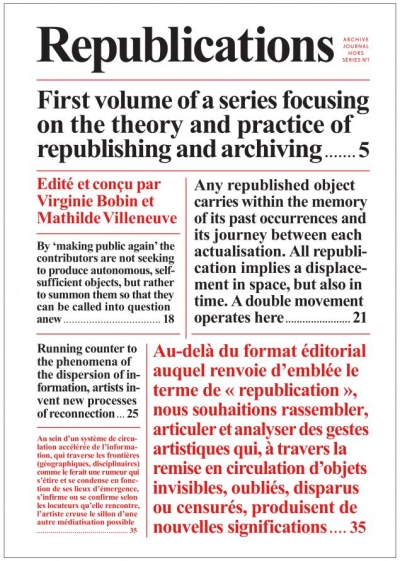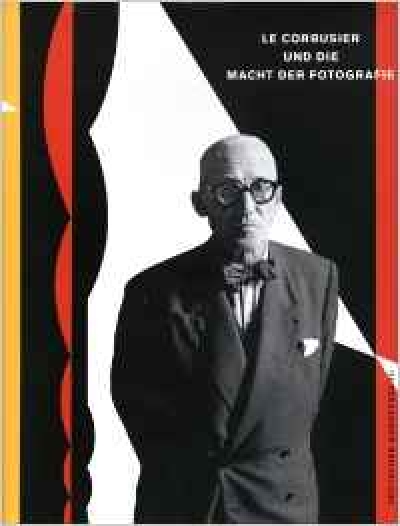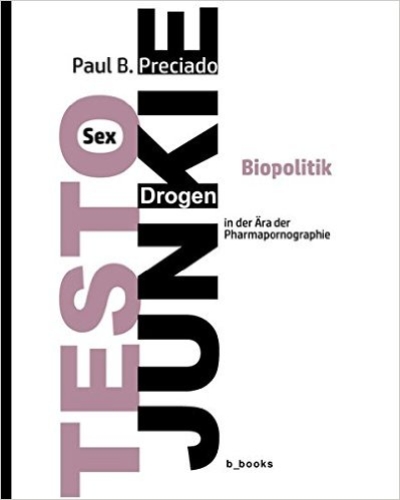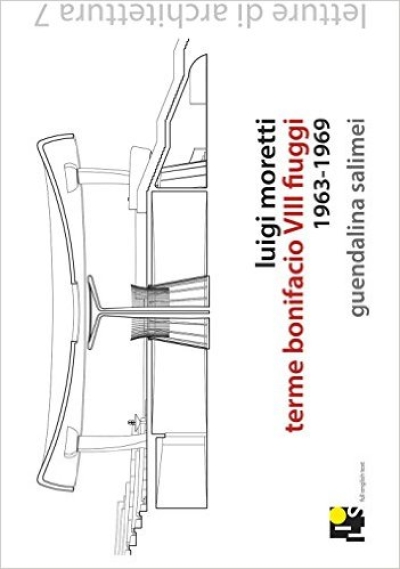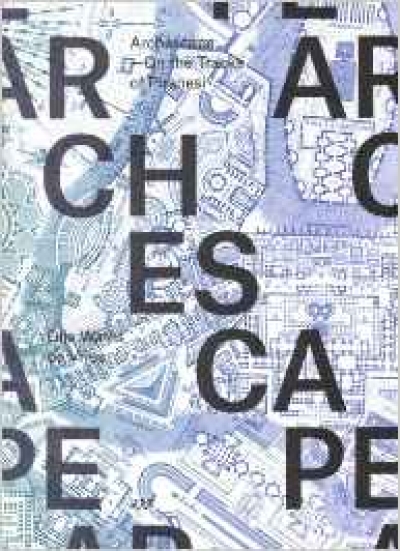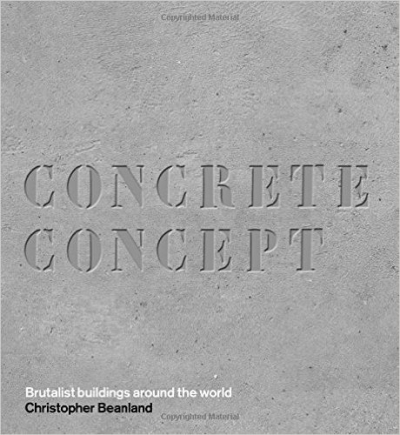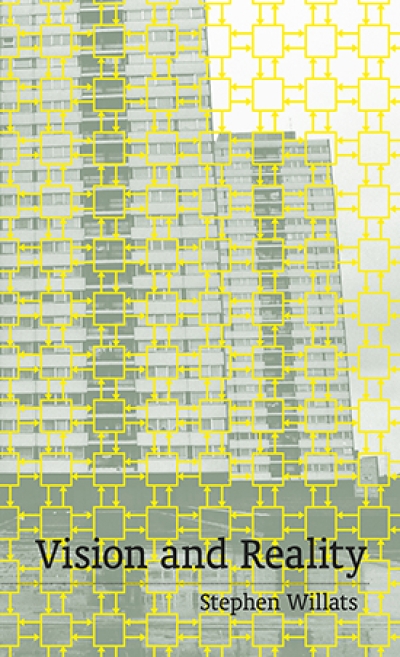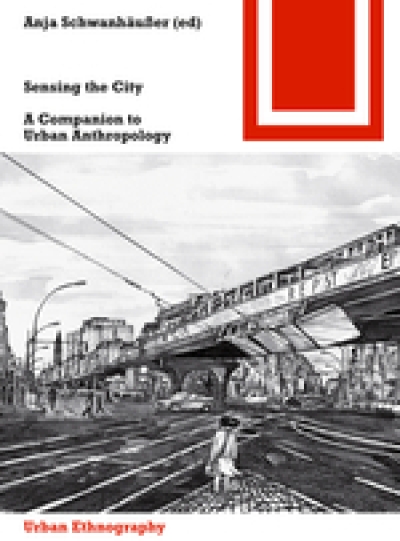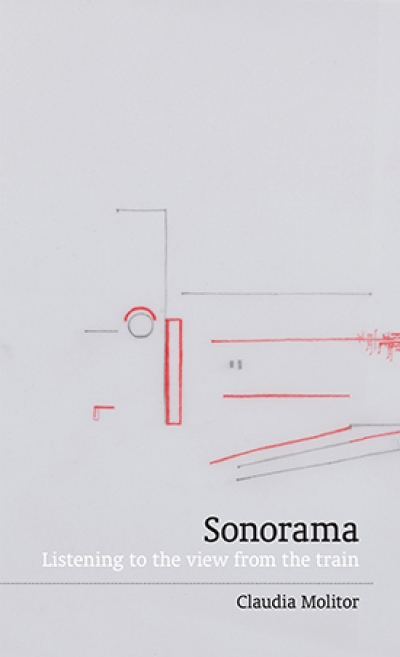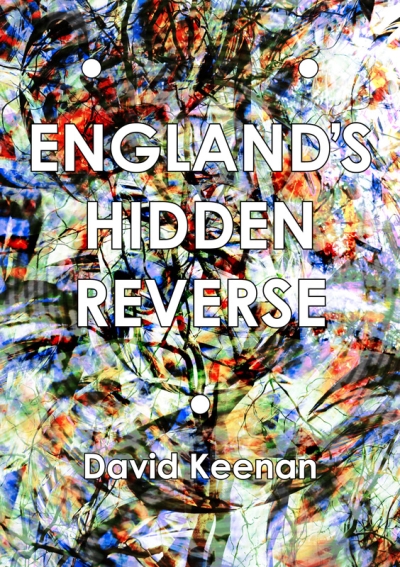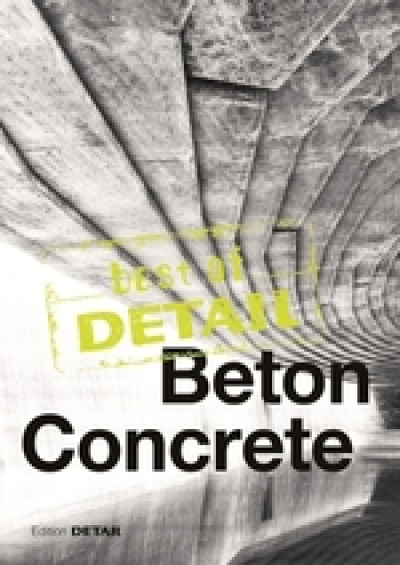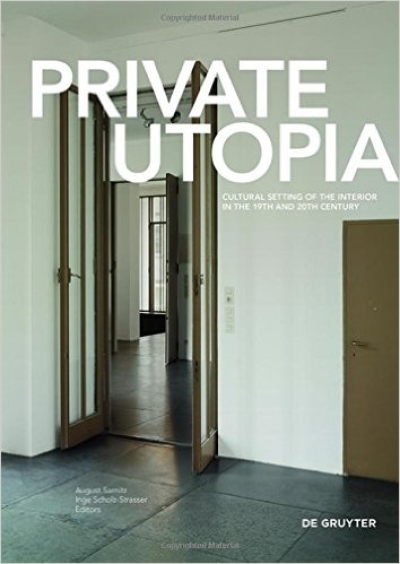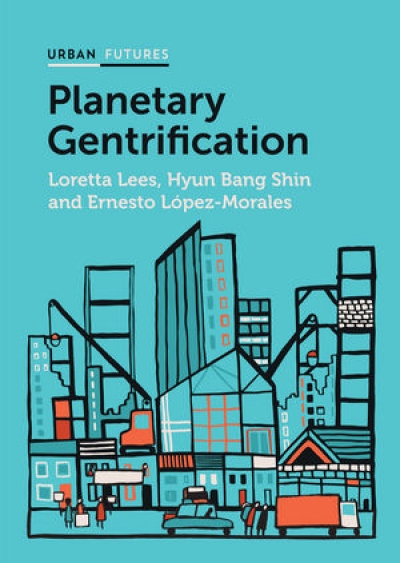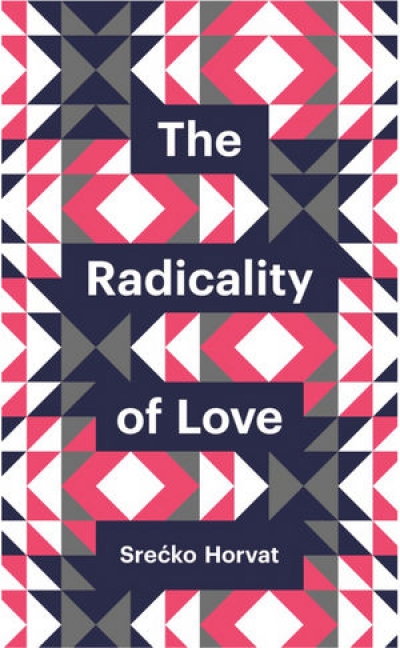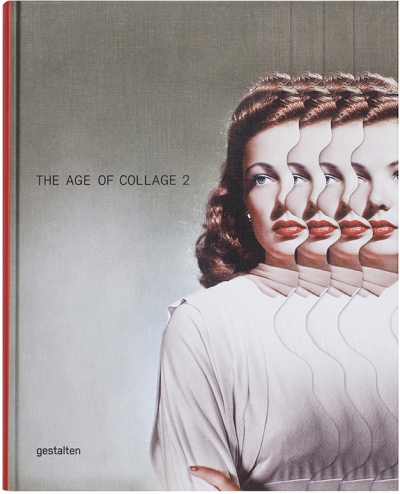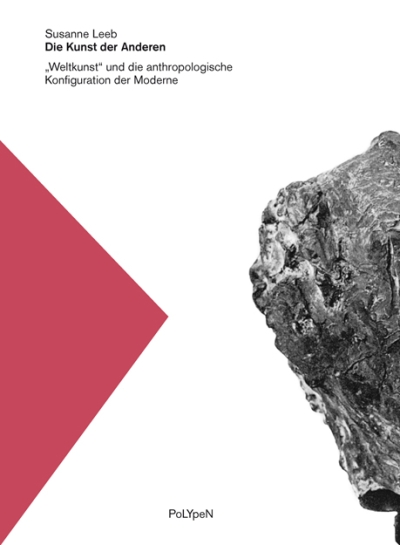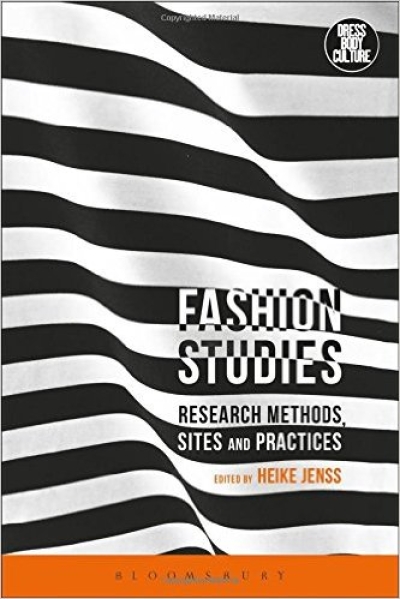Geert Lovink
Social Media Abyss. Critical Internet Cultures and the…
Tanja Seeböck
Schwünge in Beton. Die Schalenbauten von Ulrich Müther
Honey-Suckle Company
Spiritus
Arna Mackic
Mortal Cities and Forgotten Monuments
Moritz Behrens, Christian Berkes,…
Sentiment Architectures. A Field Trip to Behaviour and…
Donna J. Haraway
Manifestly Haraway
A. Andraos, N. Akawi (eds)
The Arab City: Architecture and Representation
HKW (Ed.)
Nervous Systems
Felicity D. Scott
Outlaw Territories. Environments of Insecurity/…
Owen Hatherley
Landscapes of Communism. A History Through Buildings
Rashid Ali, Andrew Cross
Mogadishu. Lost Moderns
Schmal, Elser, Scheuermann (eds.)
Making Heimat. Germany, Arrival Country
Helge Mooshammer, Peter Mörtenböck
Visual Cultures as Opportunity
Simone Neuenschwander, Thomas Thiel (…
Transparenzen/Transparencies
A. Angelidakis, V. Pizzigoni, V. Scelsi…
Super Superstudio
Peter Chadwick
This Brutal World
Naomi Pollock
Sou Fujimoto
P. Cachola Schmal, P. Sturm
Zukunft von gestern - Visionäre Entwürfe von Future Systems…
Ina Blom
The Autobiography of Video. The Life and Times of a Memory…
Timothy Morton
Dark Ecology. For a Logic of Future Coexistence
Benjamin H. Bratton
The Stack. On Software and Sovereignty
Nadine Barth (Hg.)
Berlin Raum Radar. Neue Architekturfotografie
Biljana Ciric, Nikita Yingqian Cai (Ed)
Active Withdrawals. Life and Death of Institutional Critique
Burkhardt Meltzer
Rethinking the Modular. Adaptable Systems in Architecture…
Bibbl. Herzog von Bayern
Gedruckt und erblättert. Das Fotobuch als Medium…
Estelle Blaschke
Banking on Images. From the Bettmann Archive to Corbis
Georg Windeck
Construction Matters
Walter Benjamin.
Sonnets
Glenn Adamson, Julia Bryan-Wilson
Art in the Making: Artists and Their Materials from the…
David Toop
Into the Maelstrom: Music, Improvisation and the Dream of…
Nicolas Grospierre
Modern Forms. A Subjective Atlas of 20th-Century…
Slavoj Zizek
Against the Double Blackmail: Refugees, Terror and Other…
Ian Brennan
How Music Dies (or Lives): Field Recording and the Battle…
Gustav Roßler
Der Anteil der Dinge an der Gesellschaft. Sozialität -…
Berlinische Galerie (Hg.)
Visionäre der Moderne. Paul Scheerbart, Bruno Taut, Paul…
Walter Grasskamp
Das Kunstmuseum. Eine erfolgreiche Fehlkonstruktion
Kathrin Peters, Andrea Seier (Hg.)
Gender & Medien-Reader
Nadir Z. Lahiji
Can Architecture Be An Emancipatory Project? Dialogues on…
Siegfried Ebeling
Der Raum als Membran
Patrick Joseph
Poet Fool
M. Böttger, S. Carsten, L. Engel (Hg)
Spekulationen Transformationen. Überlegungen zur Zukunft…
Joyce Hwang, Martha Bohm, Gabrielle…
Beyond Patronage. Reconsidering Models of Practice
Charlotte Klonk (Ed.)
New Laboratories. Historical and Critical Perspectives on…
Gwen Allen
The Magazine (Documents of Contemporary Art)
Steven Shaviro
Discognition
Helen Armstrong
Digital Design Theory
Gerald Raunig
Dividuum. Machinic Capitalism and Molecular Revolution
Mario Gooden
Dark Space. Architecture, Representation, Black Identity
Mike Watson
Towards a Conceptual Militancy
Guttmann, Kaiser, Mazanek, diachron (…
Jan Turnovsky: The Weltanschauung as an Ersatz Gestalt.…
Rebecca Roke
Nanotecture: Tiny Built Things
M. del Junco, M. Toledo (Eds.)
Max Bill
Peter Pál Pelbart
Cartography of Exhaustion. Nihilism Inside Out
Salomon Frausto
Scenes from the Good Life. Nine investigations into the…
Annette Gilbert (Ed.)
Publishing as Artistic Practice
Daniel M. Abramson
Obsolescence. An Architectural History
Isabelle Graw, Ewa Lajer-Burcharth (Eds…
Painting beyond Itself. The Medium in the Post-medium…
Liam Gillick
Industry and Intelligence
Robert Stalla (Hg.)
Bauen mit Künstlern: Architekt Peter Ottmann
Georg Diez/Christopher Roth
80*81: What Happened?
Keith Evan Green
Architectural Robotics. Ecosystems of Bits, Bytes, and…
S. De Bondt, F. Muggeridge
The Form of the Book Book
K. Busch, B. Meltzer, T. von Oppeln (Hg)
Ausstellen: Zur Kritik der Wirksamkeit in den Künsten
Fiona McGovern
Die Kunst zu zeigen: Künstlerische Ausstellungsdisplays bei…
Hu Fang
Sou Fujimoto. Towards a Non-Intentional Space. About Sou…
Nicholas Felton, Sven Ehmann, Robert…
Photoviz. Visuailzing Information Through Photography
Rudolf Fischer, Wolf Tegethoff (Hg.)
Modern wohnen. Möbeldesign und Wohnkultur der Moderne
W. Cobbing, R. Cooper (Eds.)
Boooook: The Life and Work of Bob Cobbing
Robert Klanten, Sofia Borges (Eds.)
The Tale Of Tomorrow. Utopian Architecture in the Modernist…
Ray Lucas
Research Methods for Architecture
Giorgio Agamben
The Use of Bodies
Mathilde Villeneuve, Virginie Bobin (…
Republications
Andreas Seltzer
Der Sendermann / The Transmitter Man
Lada Umstätter (Hg)
Le Corbusier und die Macht der Fotografie
Tilman Baumgärtel (Hg)
Pirate Essays. A Reader on International Media Piracy
Paul B. Preciado
TESTO JUNKIE: Sex, Drogen und Biopolitik in der Ära der…
Guendalina Salimei
Luigi Moretti. Terme Bonifacio VIII Fiuggi 1963 - 1969
Henri Lefebvre
Das Recht auf Stadt
Gijs Wallis de Vries
Archescape. On the tracks of Piranesi
Christopher Beanland
Concrete Concept. Brutalist Buildings Around the World
Stephen Willats
Vision and Reality
Anja Schwanhäußer (ed)
Sensing the City. A Companion to Urban Anthropology
Jeannette Kuo, Frank Barkow (Eds.)
Space of Production. Projects and Essays on Rationality,…
Claudia Molitor
Sonorama: Listening to the view from the train
David Keenan
England's Hidden Reverse. Coil, Current 93, Nurse with…
Nils Aschenbeck
Reformarchitektur. Die Konstituierung der Ästhetik der…
Christian Schittich (Hg.)
Best of Detail: Beton / Concrete
August Sarnitz, Inge Scholz-Strasser (…
Private Utopia: Cultural Setting of the Interior in the…
René Zechlin (Hg.)
Wie leben? Zukunftsbilder von Malewitch bis Fujimoto
Loretta Lees, Hyun Bang Shin, Ernesto…
Planetary Gentrification
Srećko Horvat
The Radicality of Love
Busch, Klanten, Hellige (Hg.)
The Age of Collage Vol. 2: Contemporary Collage in Modern…
André Tavares
The Anatomy of the Architectural Book
Susanne Leeb
Die Kunst der Anderen. "Weltkunst" und die…
Heike Jenss (Ed.)
Fashion Studies. Research Methods, Sites and Practices
Maud Meyzaud (Hg.)
Arme Gemeinschaft. Die Moderne Rousseaus
Félix Guattari
Schriften zur Kunst
Jesko Fezer & Studio…
Öffentliche Gestaltungsberatung. Public Design Support 2011…

